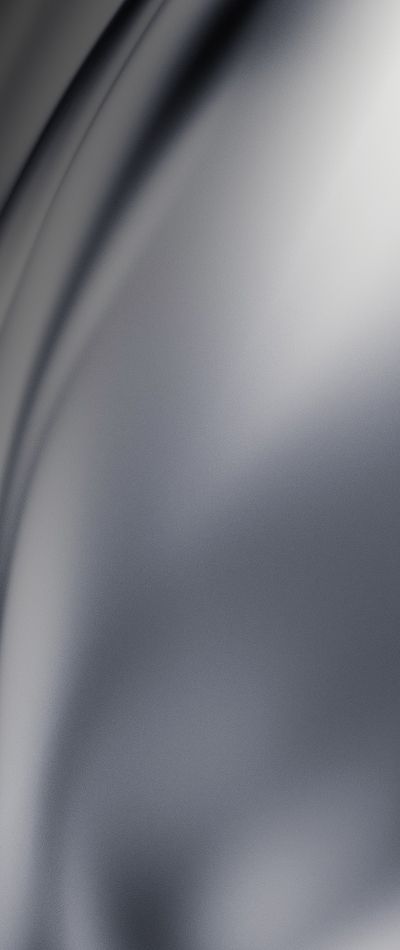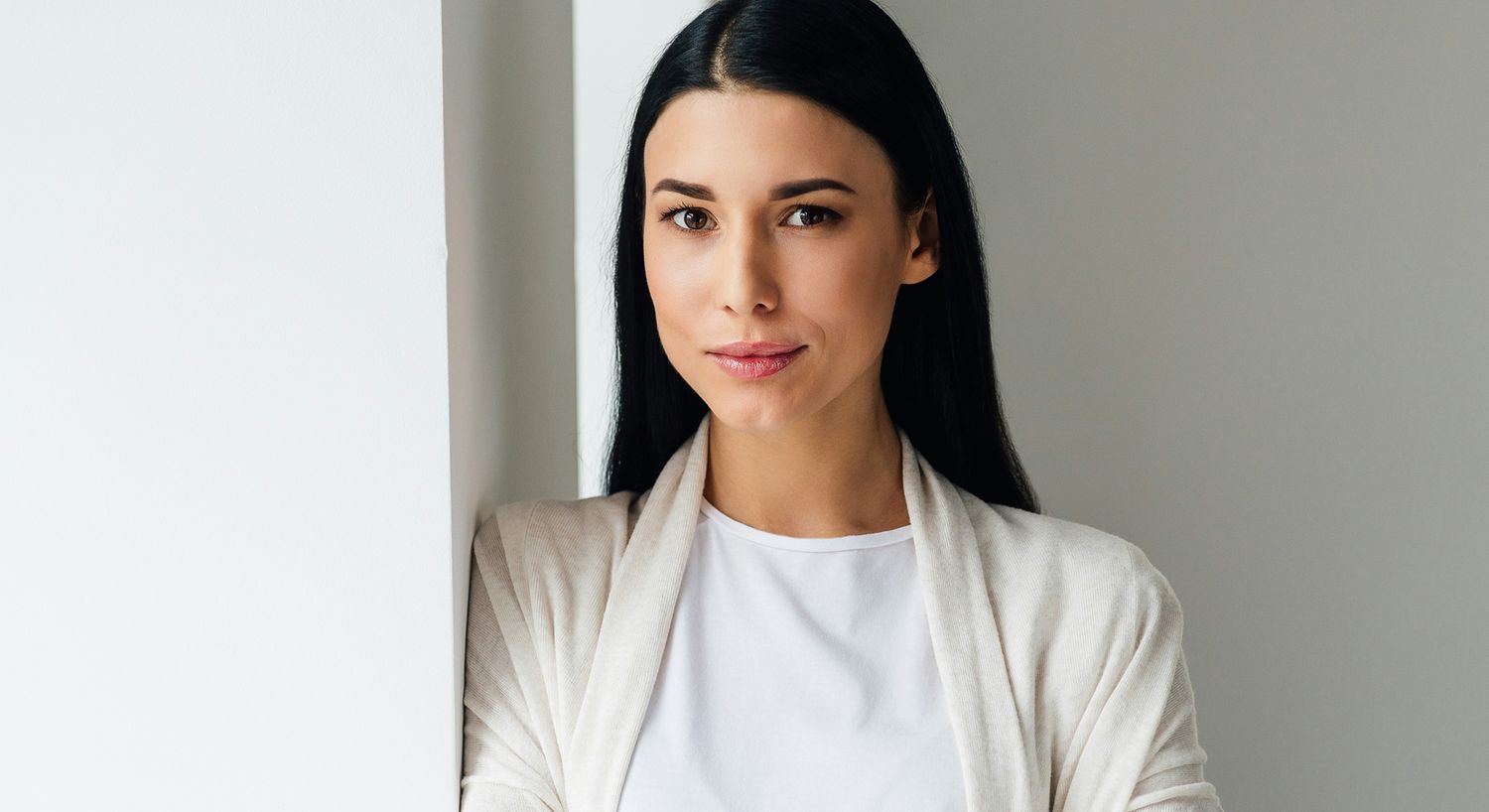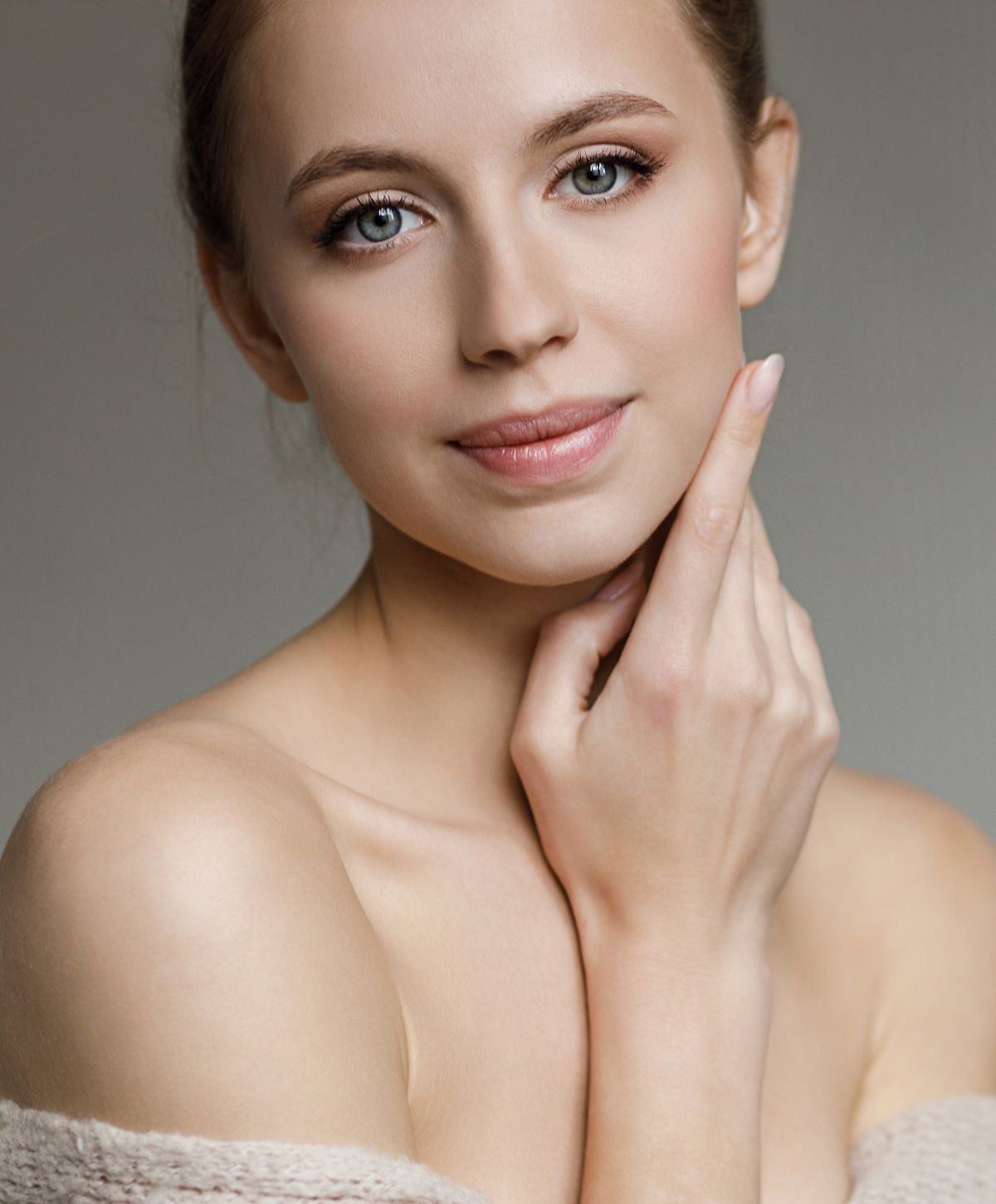
Eyelid Surgery in Dallas
Eyelid Surgery


Eyelid Surgery

Clearer Eyes, Refreshed Expression
The eyes carry so much of how we feel and how we’re seen. With time, the delicate skin around the eyes begins to thin and loosen, leading to puffiness, hooding, or heaviness that can make you look tired or withdrawn, even when you feel fully alert. Eyelid surgery, or blepharoplasty, addresses these changes with precision and restraint.
At Kelling Plastic Surgery in Dallas, Dr. Joseph Kelling performs eyelid surgery with a focus on restoring clarity—not creating dramatic change. Whether you're concerned about sagging upper lids, under-eye bags, or both, your surgical plan is built around your anatomy, your goals, and your natural expression.
Refinement Where It Matters Most
Eyelid surgery, also called blepharoplasty, is a surgical procedure that removes or repositions excess skin and fat from the upper and/or lower eyelids. The goal is to refresh the eye area while preserving the features that make your face uniquely yours.
Upper eyelid surgery lifts drooping lids, improves definition, and can even restore the visual field if the skin is obstructing your vision.
Lower eyelid surgery reduces puffiness or “bags” under the eyes, smooths the transition to the cheeks, and restores softness.
Dr. Kelling uses advanced techniques to ensure natural results. Incisions are hidden in the crease of the upper eyelid and inside the lower eyelid or just below the lash line where they are well-concealed once healed.

Tailored to Your Eyes
The procedure is typically performed under local anesthesia or general anesthesia, depending on the extent of surgery. Dr. Kelling makes discreet incisions in the natural folds of the upper eyelid and inside the lower eyelid or along the lash line for the lower lids. Through these incisions, he carefully:
Surgery takes 1 to 2 hours, depending on whether the upper, lower, or both eyelids are being treated. Most patients return home the same day with minimal discomfort and supportive aftercare already in place.
Address the Subtle Signs of Fatigue
Our Dallas eyelid surgery can treat several common concerns, including:
Many patients pursue blepharoplasty when non-surgical treatments like Botox or filler can no longer address deeper structural changes in the eye area.

Thoughtful Changes. Timeless Results.

Reduces heaviness and smooths puffiness for clearer, more alert eyes.

Enhances the eyes without changing their shape or expression.

In cases of severe hooding, can restore peripheral vision.

Incisions are discreet, and outcomes often last a decade or more.

Many patients feel more at ease with how they look and how they’re perceived.

For Those Seeking Subtle, Lasting Rejuvenation
You may be a good candidate for blepharoplasty if you’ve noticed:
Eyelid surgery is appropriate for both women and men, and can be performed as a standalone procedure or in combination with a brow lift, facelift, or non-surgical treatments.
A Gentle Recovery, Thoughtfully Supported
After eyelid surgery Dallas patients will expect recovery to be relatively quick. Expect mild swelling, bruising, or tightness around the eyes for a few days. Cold compresses and head elevation help ease these symptoms.
Most people return to work and light activity within 7 to 10 days. You’ll receive detailed aftercare instructions and attend follow-up appointments to ensure smooth healing and optimal results.
Final results begin to reveal themselves within 2 to 3 weeks, and continue to refine as residual swelling fades.

Refreshed Eyes. Recognizable You.
Once healed, your eyes will look more open, less tired, and better defined. What you won’t see is any indication that you’ve had surgery.
Dr. Kelling’s approach prioritizes balance and restraint, so your results enhance—not alter—your natural eye shape and facial expression. With proper care, most patients enjoy their results for 8 to 10 years or longer.
Precision You Can Trust
Dr. Joseph Kelling approaches Blepharoplasty with the confidence that comes from deep experience and personal attention. At Kelling Plastic Surgery, you’re not rushed or overpromised—you’re guided through a clear, customized plan that supports your goals with care and clarity.
As an active member of the American Society of Aesthetic Plastic Surgeons and community faculty member for the UT Southwestern Department of Plastic Surgery, Dr. Kelling brings both technical excellence and artistic restraint to every procedure.
This is elevated facial rejuvenation—tailored, grounded, and always natural-looking.
No. Dr. Kelling’s technique preserves your natural eye shape while removing excess tissue. The result is more open and rested, not different.
Results often last 8 to 10 years or more. While aging continues, the improvements are long-term and require no ongoing maintenance.
Most patients describe mild discomfort or tightness rather than pain. Cold compresses and medication help manage any short-term symptoms.
External incisions are hidden in the eyelid crease or along the lash line. With time and care, they fade and become barely noticeable.
Yes. Blepharoplasty is often paired with a facelift, brow lift or laser treatments for full facial rejuvenation.
Once the incisions have healed, most patients can resume wearing makeup around the eyes after 10 to 14 days.
Upper eyelid surgery lifts and redefines the lid crease. Lower eyelid surgery addresses under-eye puffiness and smooths the transition to the cheek.
Yes, in cases where sagging upper eyelid skin obstructs your visual field, eyelid surgery can improve both function and appearance.
Most patients return to non-physical work within a week. Once the incisions have healed, bruising can be concealed with makeup.
There’s no set age. If the concerns are present—genetic or age-related—you may be a candidate. Dr. Kelling can assess this during your consultation.